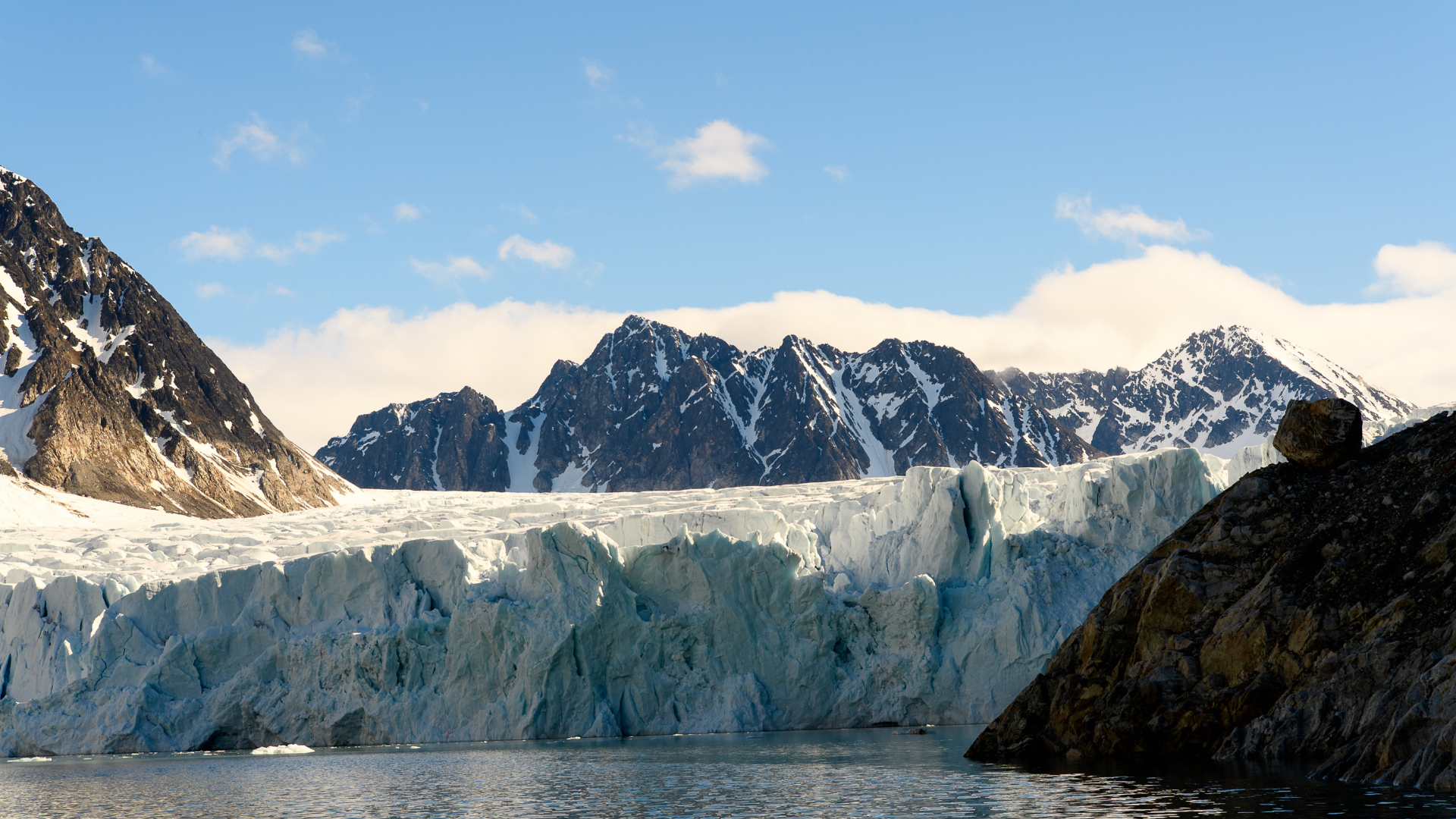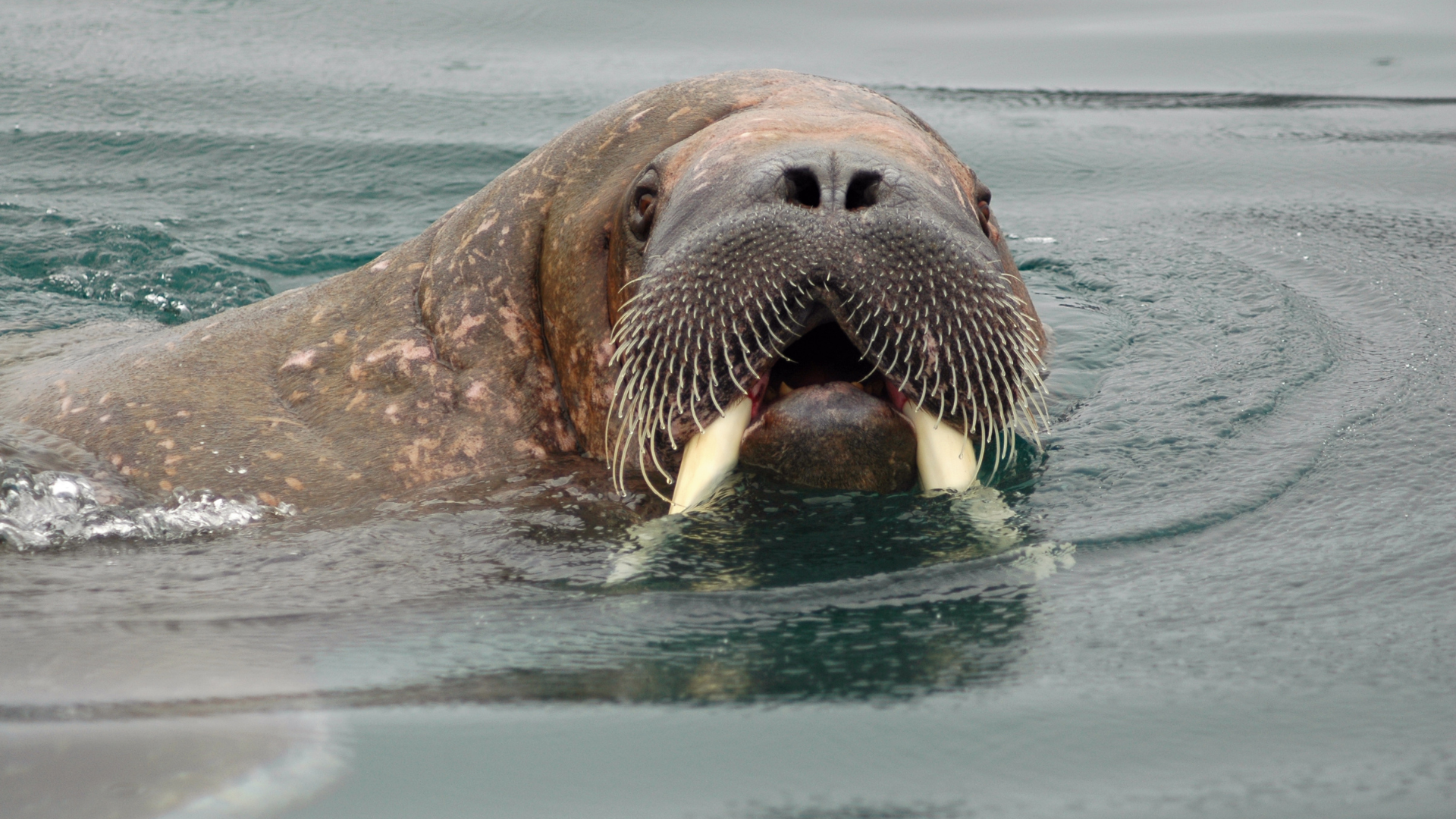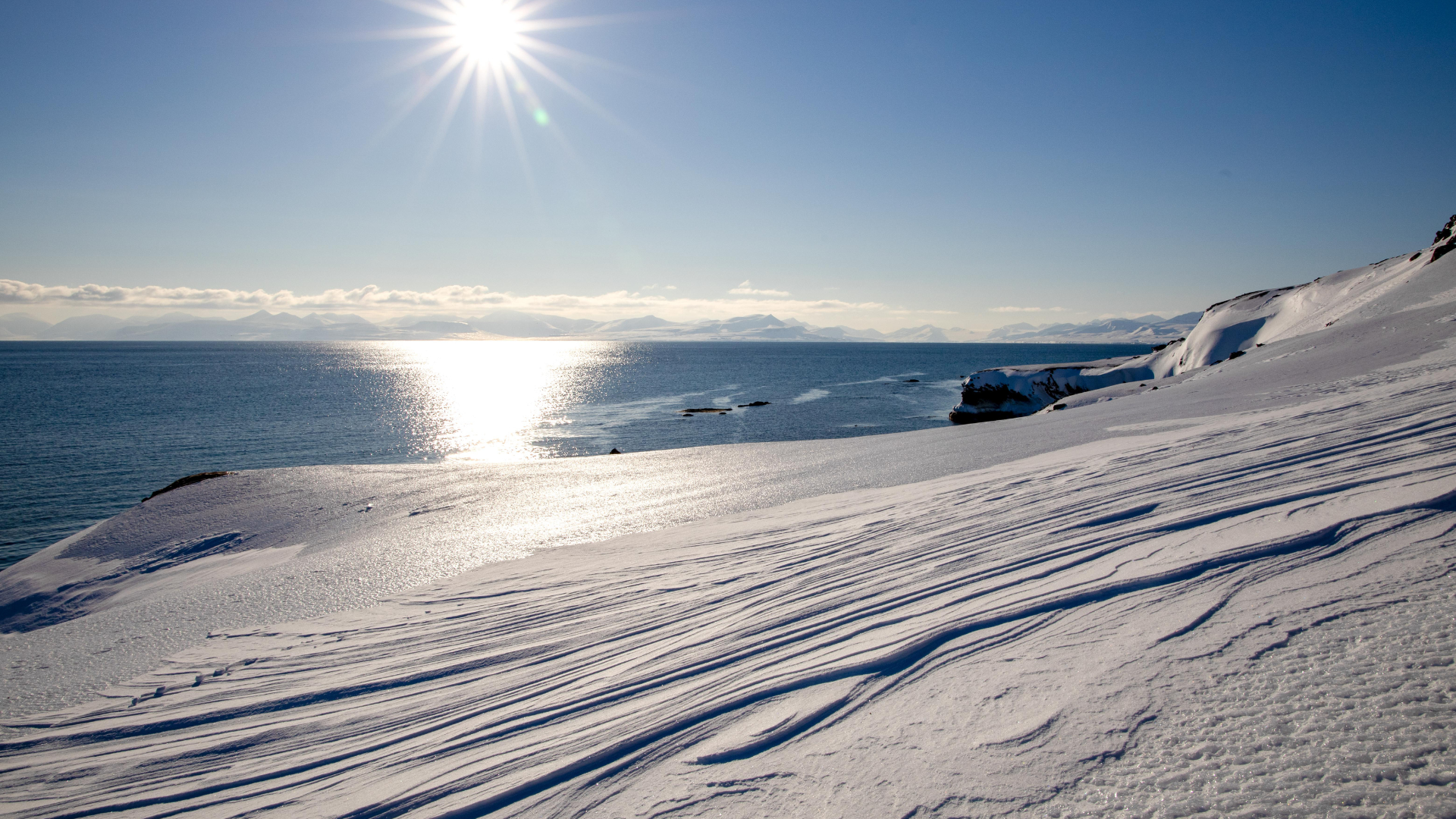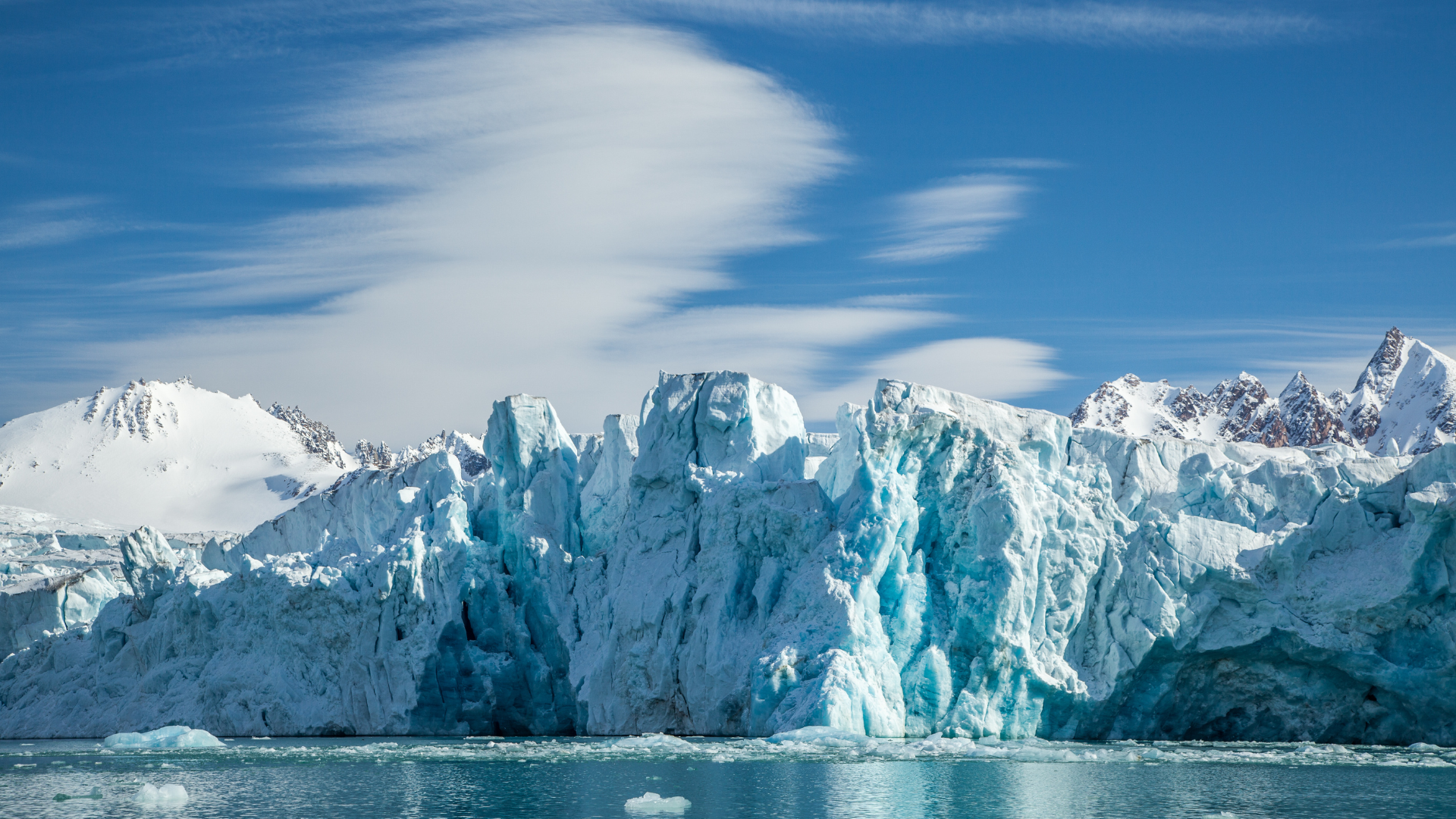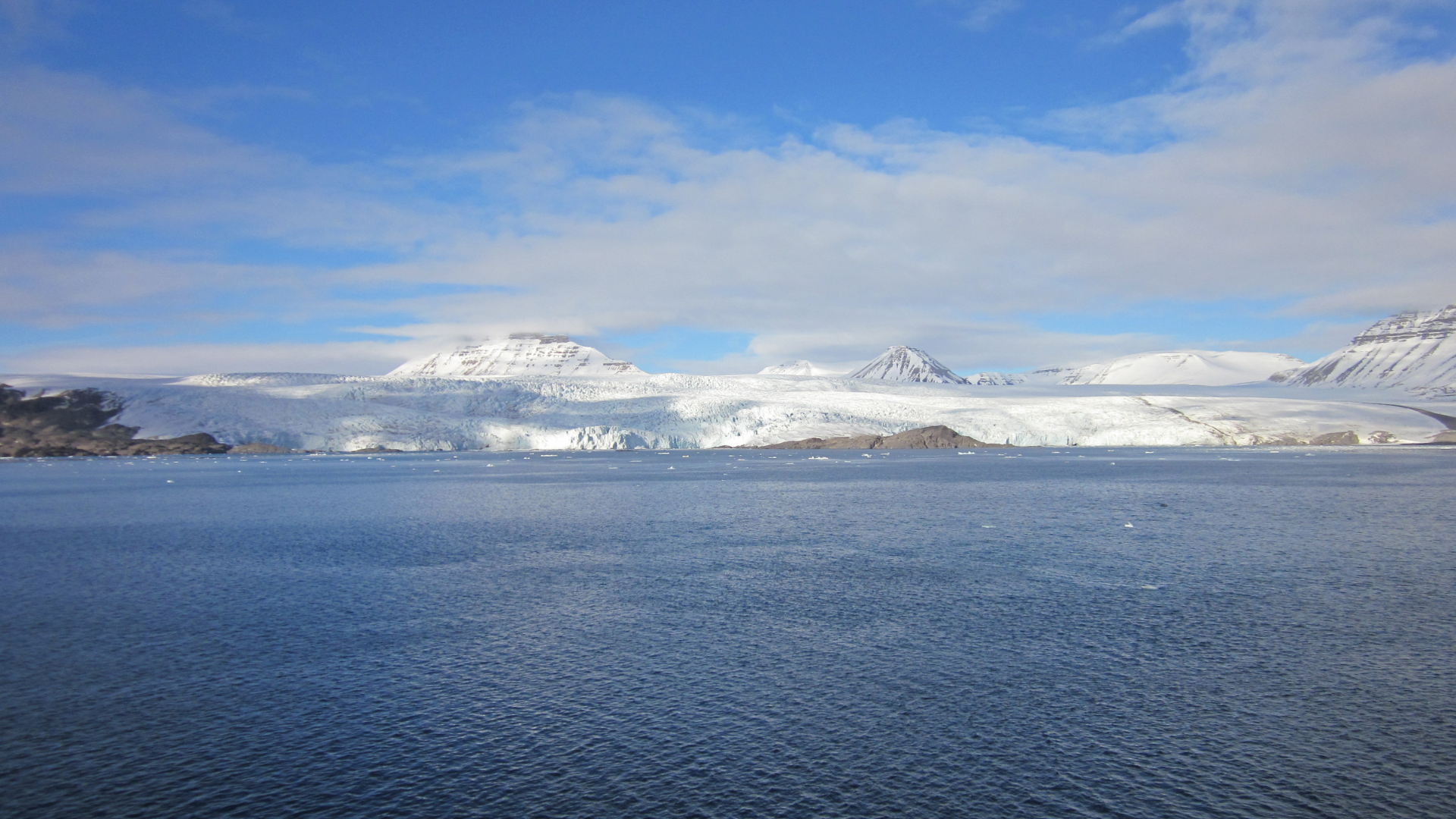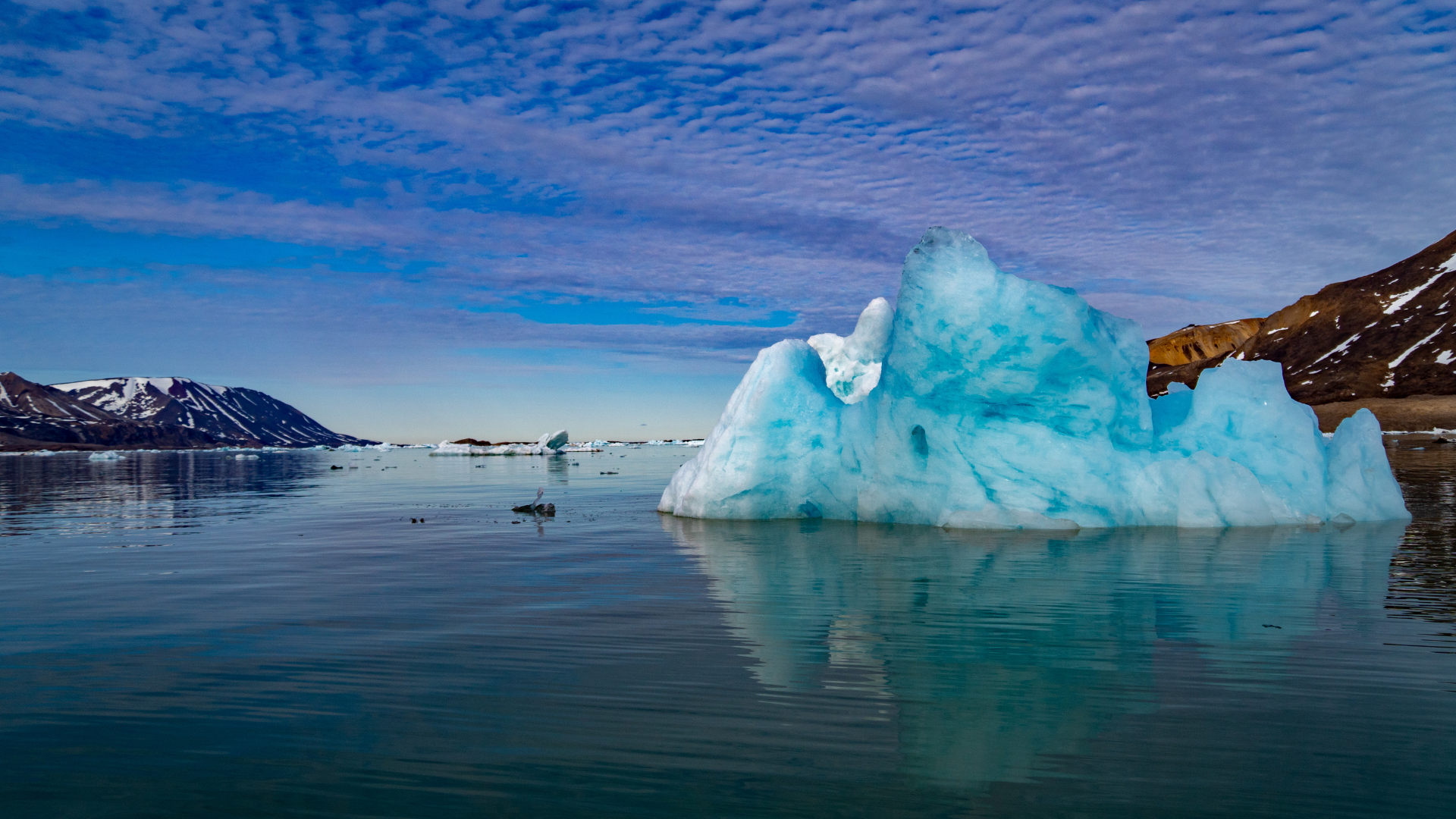Unraveling the Charms of Svalbard's Arctic Foxes
Unraveling the Charms of Svalbard's Arctic Foxes
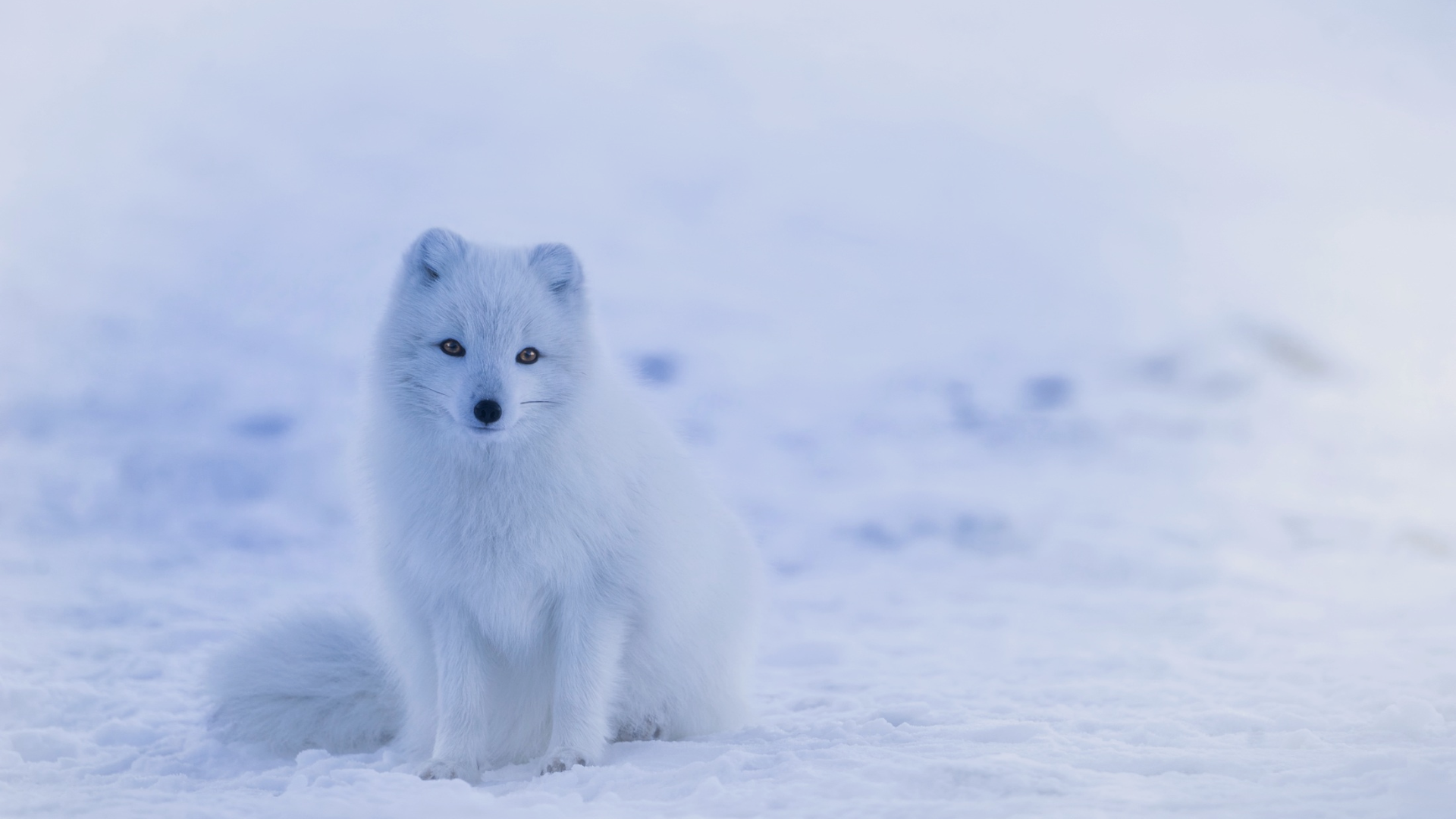
Svalbard, a remote Arctic archipelago, is not only a land of icy landscapes and towering glaciers but also home to some of the most resilient and fascinating creatures on Earth. Among them, the Arctic fox stands out as a symbol of adaptation and survival in one of the harshest environments known to man. Let's embark on a journey to unravel the charms of Svalbard's Arctic foxes and explore their vital role in the fragile ecosystem of the frozen north.
1. A Portrait of Resilience:
The Arctic fox (Vulpes lagopus), known locally as the polar fox, is an iconic resident of Svalbard's harsh and unforgiving terrain. With its thick, snow-white fur and compact build, this elusive predator is perfectly adapted to survive the extreme cold and barren landscape of the Arctic. Despite the challenges posed by the harsh climate, Arctic foxes thrive in Svalbard, displaying remarkable resilience and resourcefulness in their quest for survival.
2. Masters of Camouflage:
One of the most striking features of Svalbard's Arctic foxes is their ability to change coat colors with the seasons. In winter, their fur transforms into a pristine white, providing perfect camouflage against the snowy landscape and allowing them to blend seamlessly into their surroundings. Come summertime, their coat adopts shades of brown and gray, matching the rocky terrain and enabling them to remain hidden from predators and prey alike.
3. Adapting to Arctic Extremes:
Life in the Arctic presents numerous challenges, from freezing temperatures to limited food resources. Yet, Arctic foxes have evolved a range of adaptations to cope with these extreme conditions. Their dense fur provides insulation against the cold, while their furry paws offer traction on icy terrain. Arctic foxes are also expert hunters and scavengers, capable of subsisting on a diet of small mammals, birds, eggs, and carrion, even in the harshest of winters.
4. The Circle of Life:
Arctic foxes in Svalbard follow a seasonal breeding cycle, with mating typically occurring in early spring. After a gestation period of around 50 days, females give birth to a litter of pups in underground dens dug into the snow or soil. Pups are born blind and helpless, relying on their mother's milk for nourishment until they are old enough to venture outside the den. Both parents play a role in caring for the young, providing food and protection until they are old enough to fend for themselves.
5. Guardians of the Tundra:
Arctic foxes play a vital role in the delicate ecosystem of Svalbard, serving as both predator and prey in the intricate web of Arctic life. As opportunistic hunters and scavengers, they help control populations of small mammals and birds, preventing overgrazing and maintaining balance within the ecosystem. At the same time, they are preyed upon by larger predators such as polar bears and wolves, highlighting their importance as a keystone species in the Arctic food chain.
6. Threats to Survival:
Despite their adaptability and resilience, Arctic foxes in Svalbard face numerous threats to their survival, including climate change, habitat loss, and human encroachment. Rising temperatures and melting sea ice disrupt their hunting and migration patterns, while expanding human activity in the region increases the risk of habitat degradation and conflict. Conservation efforts, including habitat protection, research monitoring, and sustainable management practices, are essential for ensuring the long-term survival of Arctic foxes and their habitats in Svalbard.
7. Encountering Arctic Foxes in the Wild:
For visitors to Svalbard, encountering Arctic foxes in their natural habitat is a rare and rewarding experience. Guided wildlife tours, hiking excursions, and boat trips offer opportunities to observe these elusive creatures as they forage for food, play in the snow, or care for their young. While it's important to maintain a respectful distance and observe wildlife viewing guidelines to minimize disturbance to the animals, witnessing Arctic foxes in their Arctic home is a magical experience that fosters a deeper connection to the natural world.
8. Preserving a Symbol of the Arctic:
As guardians of the frozen north, Arctic foxes embody the resilience, adaptability, and beauty of Svalbard's unique wilderness. By understanding and appreciating the vital role they play in the Arctic ecosystem, we can work together to protect and preserve these enchanting creatures for future generations to admire and cherish. Whether roaming the tundra in search of food or raising their young in remote dens, Svalbard's Arctic foxes continue to captivate and inspire all who are fortunate enough to encounter them in the wild.
